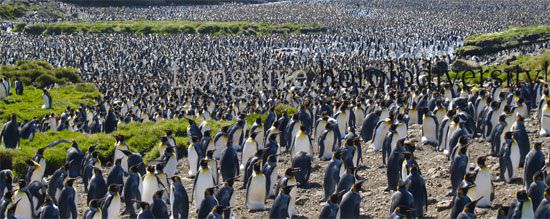
It is said that the biodiversity of our planet is endangered. And this is most certainly true. The ‘Red List’ of the IUCN (International Union for Conservation of Nature) estimates that, as of the end of 2009, some 21 per cent of all known mammals, 30 per cent of all amphibians, 28 per cent of all reptiles, 37 per cent of freshwater fish, 70 per cent of all plants (yes, 70 per cent!), and 35 per cent of known invertebrates were threatened with extinction. This list comprises several classifications, listing species that are ‘Extinct’, ‘Extinct in the Wild’, ‘Critically Endangered’, ‘Endangered’, ‘Vulnerable’, ‘Near Threatened’, ‘Least Concern’, ‘Data Deficient’, and ‘Not Evaluated’. As Simon Stuart, President of the IUCN stated with humour that was as macabre as it was involuntary, “Many species are in a bad position, but it is possible that the actual situation is much worse than it seems.”
Well, I don’t know if we can compare the biodiversity conditions of our world with the horolodiversity at BaselWorld, but I thought it might be amusing (for just a little fun) to categorize the some 2,000 brands exhibiting at BaselWorld (watches and jewellery combined) according to the criteria of the IUCN’s famous Red List, especially now in this period of crisis (or post-crisis for the optimists, continuing crisis for the re-alists, or pre-crisis for the pessimists).
Not Evaluated? Let’s put in this category the brands belonging to the large publicly-traded groups where no statistics are provided on a brand by brand basis, as well as those that provide no data at all, such as Rolex-type ‘Foundations’. How can we precisely evaluate such and such brand inside an indistinct conglomerate when it is impossible to take inventory?
Data Deficient? Let’s just say that this category applies to just about everyone. Our study makes no claims of being ‘scientific’.
Least Concern? What does this really mean? That we are really not too worried about them, or that we don’t really care about them after all? Objectively, we can say that this category is a catch-all. But, if it includes brands that apparently present no cause for concern, we might place a Patek Philippe here, for example. But if it includes brands that we don’t really care about, well, allow me to remain rather discreet in this matter.
Near Threatened? Doesn’t this seem like it would be the largest category of the list, even though ‘near threatened’ is not the same as ‘threatened?’ At least ‘near’ leaves a bit of hope.
Vulnerable? Hmm, they who are not vulnerable, raise your hand!
Endangered? Ah yes, for sure there are a few out there. They are already being tracked by the smell of their blood.
Critically Endangered? This is even more serious. But, in my humble opinion, it will be necessary to wait until the end of the big show in order to establish a precise list. So, we will wait and see.
Extinct in the Wild? This category continues to grow. All those brands that pretended to be ‘wild’ were quickly tamed by the crisis. They wanted to prowl in the jungle but now they have quietly returned to order.
Extinct? Happily, this list is not as long as we might have feared. In fact, for every dozen that become extinct, how many new ones will come to fill their place?
I feel, however, that we cannot go too far with this type of classification. Therefore, let’s propose another one in order to better judge the horolodiversity at BaselWorld. Why not look at the watches on the wrists and the jewellery around the necks of the inhabitants of this BaselJungle? The result? Yes, we can confirm that there are still at least 2,000 living species out there. Nothing is lost.
Source: Europa Star April - May 2010 Magazine Issue








